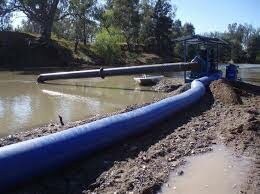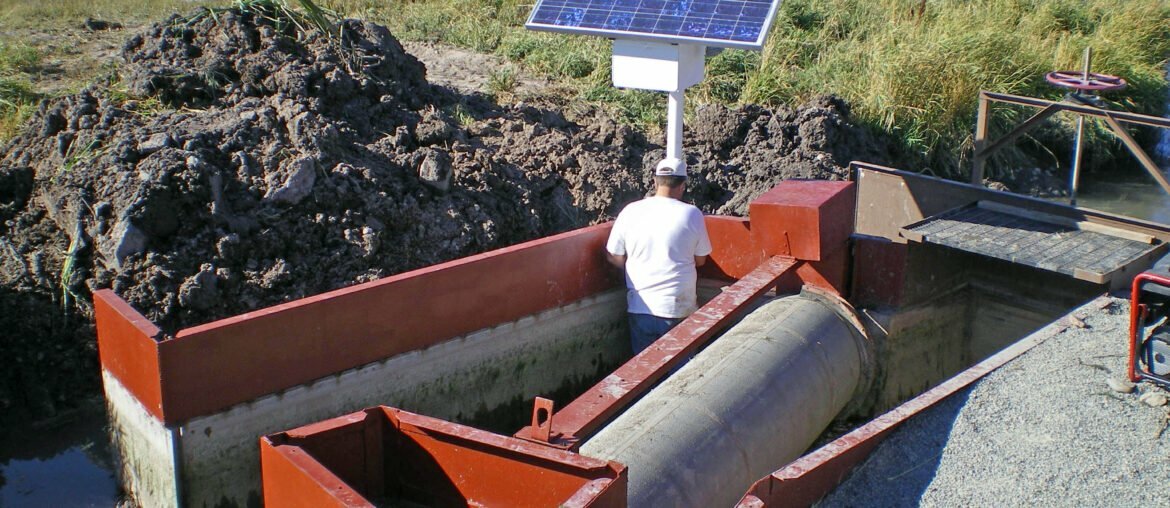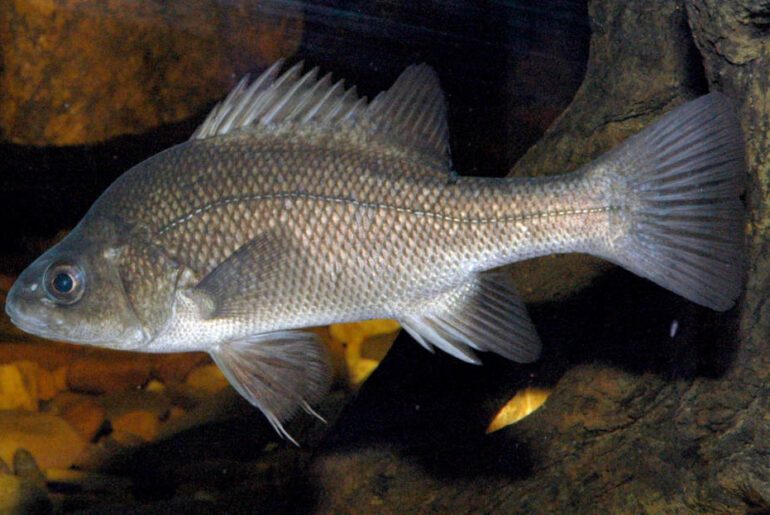There is mounting evidence to suggest that large numbers of fish are being lost from Australian rivers via water abstraction. One of the most common tools used internationally to combat this loss are fish screens on irrigation intake pipes. Currently, there are no guidelines for intake screens in the Murray-Darling Basin (MDB). This project developed physical design criteria for fish screens at water diversions in the MDB, and delivered a scoping study of fish screening programs elsewhere in the world to make recommendations on how to best initiate a successful program in the Basin.
Findings:
A combination of field and laboratory-based experiments at simulated intake screens was used to test how approach velocities (water speed in front of and at right-angles to the screen face) and screening materials affected potential injury and mortality of native fish species.
It was found that the installation of fish screens has great potential to significantly reduce fish entrainment at intakes. Mortality at an experimental intake was reduced from over 90 % (unscreened) to less than 2 % (when screened) in the laboratory. Approach velocities of up to 0.4 m/sec were effective in reducing entrainment of juvenile Golden perch (Macquaria ambigua) and Silver perch (Bidyanus bidyanus) in laboratory trials, with very little injury or mortality resulting from incidental screen contacts or impingement.
In comparison, field observations of an assemblage of fish at a screen demonstrated that even modest increases in approach velocity (from 0.1 to 0.5 m/sec) produced a significant increase in the rate of screen contact for fish less than 150 mm in length, with the impact being more marked for smaller fish. There was little difference in the rate of screen contact or entrainment when using three different sizes of woven wire mesh. Together, these findings suggest that screening material may not be as important as approach velocity when designing screens for protecting fish.

A review of successful screen programs in the United States of America found that coordinating committees are a key factor to success. Government-irrigator cost-share programs have proven to be strong incentives to screen diversions elsewhere in the world and their use should be further explored for the MDB.
Key messages:
The likelihood of fish injury or mortality from contact with fish screens was largely dependent on approach velocity, screen material did not influence potential injury or mortality of fish. The findings of this project should be used to develop guidelines for water abstraction that will have significant benefits for native fish by reducing the number of fish lost to irrigation offtakes, as well as reducing injury and mortality associated with fish contact on intake screens. This has the potential to significantly assist in native fish population rehabilitation by protecting smaller bodied fish (including early life history stages of large bodied species).
There is a need for a fish screening coordinating committee for the MDB to provide guidance on the setting and refinement of screen design criteria, identifying funding opportunities and identifying priority offtakes for implementation.
You can read the full report by following this link: Boys, C., Baumgartner, L., Rampano, B., Robinson, W., Alexander, T., Reilly, G., Roswell, M., Fowler, T. and Lowry, M. (2012) Development of fish screening criteria for water diversions in the Murray-Darling Basin. NSW Department of Primary Industries, Port Stephens.



